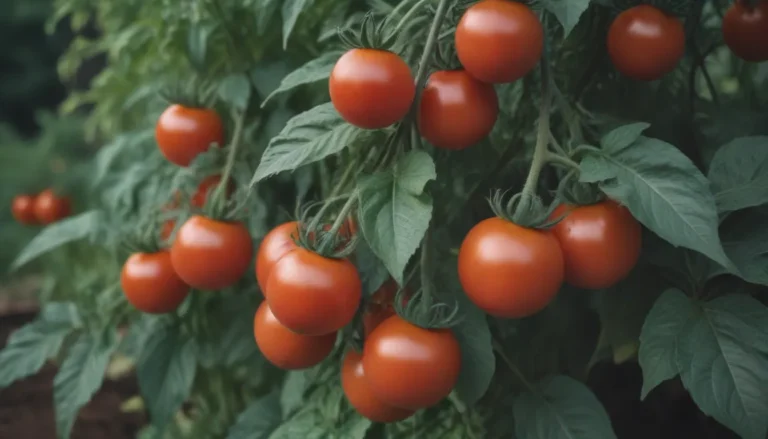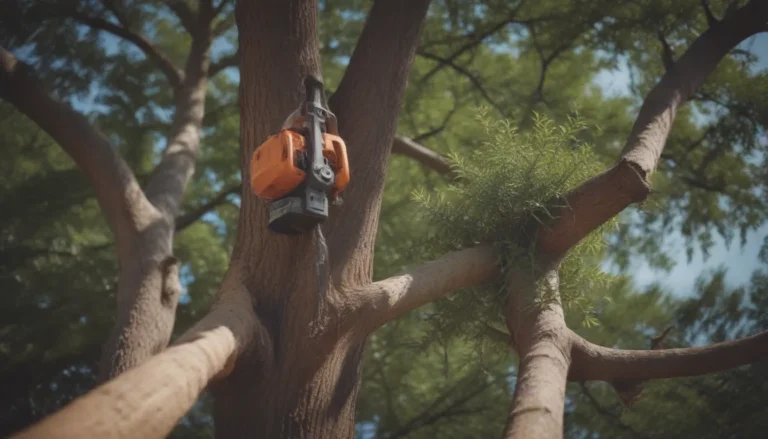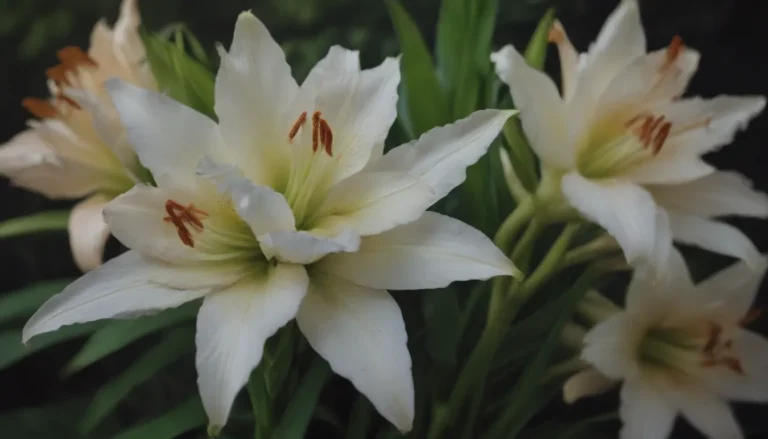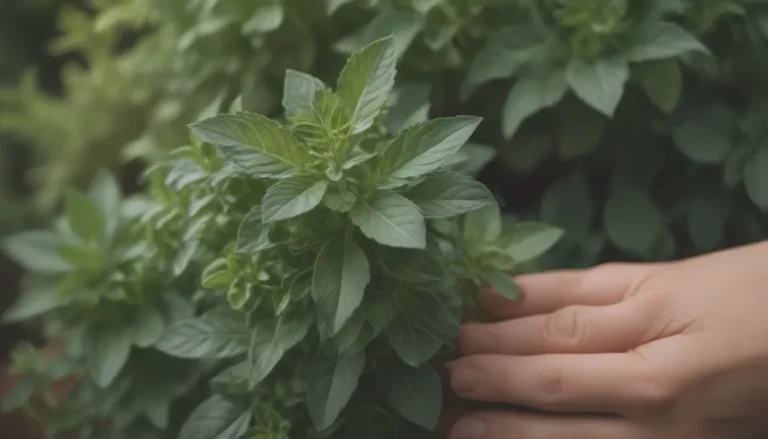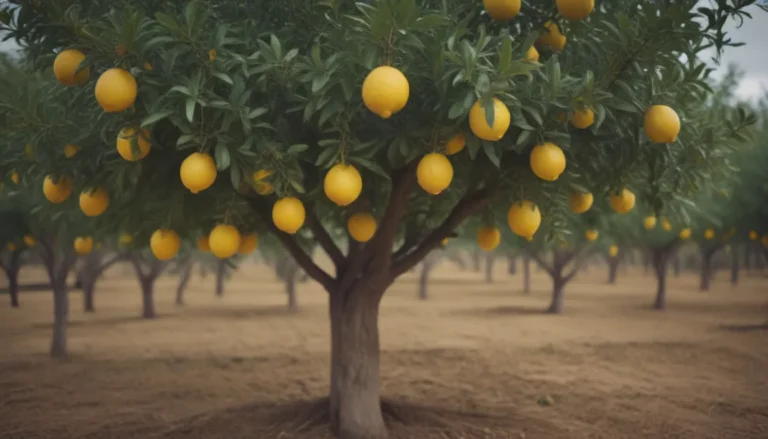The Ultimate Guide to Growing and Caring for Squirting Cucumber
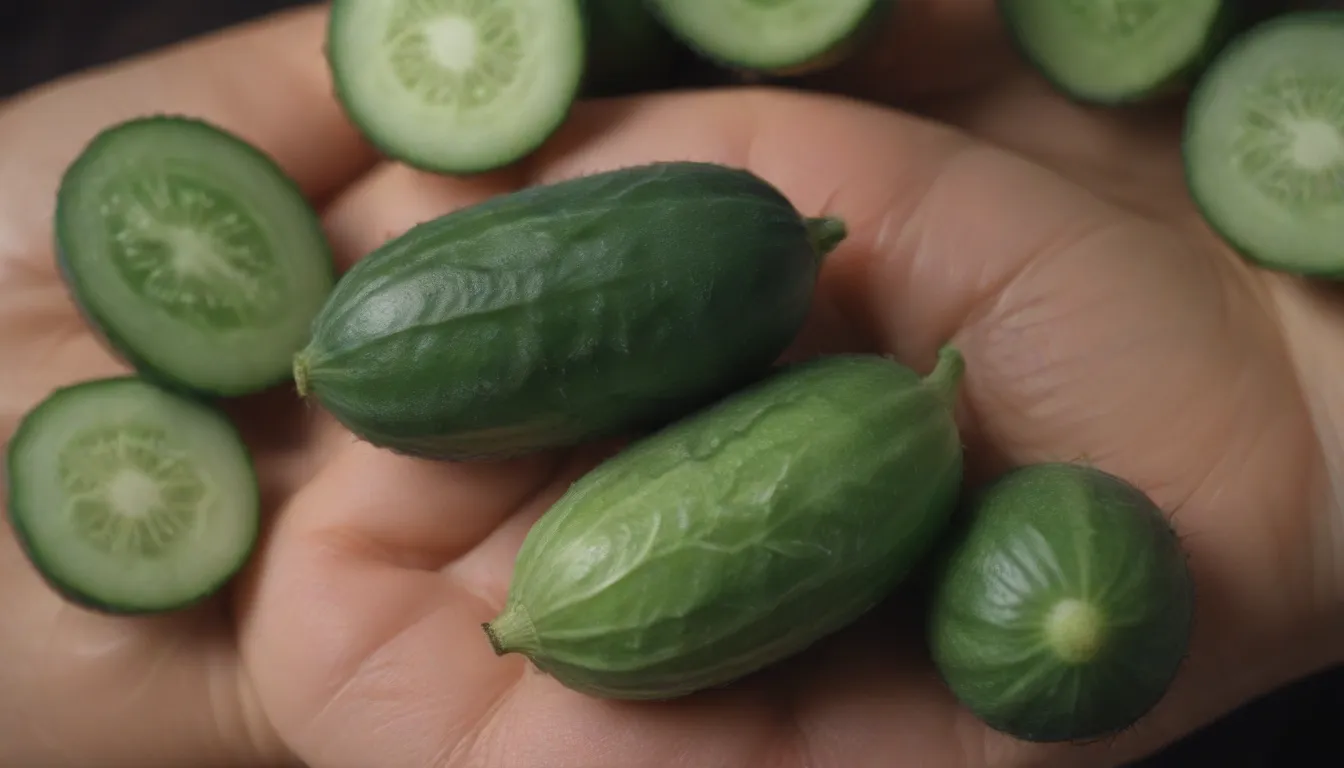
Welcome to the ultimate guide on how to grow and care for the intriguing and unique squirting cucumber plant! If you’ve ever been curious about this fast-growing vine with explosive fruits, you’ve come to the right place. In this in-depth article, we’ll explore everything you need to know about cultivating, maintaining, and enjoying the squirting cucumber in your garden.
Discovering the Fascinating Squirting Cucumber
The squirting cucumber, also known as the exploding cucumber, is a plant that captivates with its name alone. As the only member of the Ecballium genus, this plant earns its unusual moniker from its explosive, squirting fruits. When ripe or disturbed, the prickly two-inch fruits burst off the vine and shoot mucilage-covered seeds up to 20 feet away.
Native to the Mediterranean region, squirting cucumbers are often found in waste areas and on roadsides. These perennial members of the gourd family are rapid spreaders, thanks to their clever seed-spreading fruits. Although they are often considered weeds, the showy display of bursting fruit following yellow bell-shaped flowers can be a sight to behold during the late summer months.
Squirting cucumber plants are typically grown from direct-sown seeds in the spring. They are fast-growing but delicate vines covered with wrinkled, bristly leaves that produce flowers and fruits in their first year. Keep in mind that these plants contain elaterium, a medicinal drug that can be toxic to humans and pets in its unrefined form. The “cucumber” fruit of this plant is not edible.
Squirting Cucumber Care Tips
If you’re considering adding squirting cucumber to your garden, here are some essential care tips to keep in mind:
Protective Gear
When handling squirting cucumber plants, it’s important to wear protective equipment such as gloves and safety glasses. This precaution helps prevent skin irritation or eye injuries that can occur from unexpected seed explosions.
Planting Location
Choose a planting location that is out of reach of children and pets, as the plant can spread quickly. The creeping vines of the squirting cucumber can sprawl out up to three feet wide, with explosive seed pods that may give rise to new plants as far as 20 feet away.
Sunlight
Squirting cucumbers thrive in full sun, so ensure they receive plenty of direct sunlight for optimal growth. Shady conditions can lead to leggy and sparse plants with fewer flowers and fruits.
Soil and Water
These plants prefer rich soil but can tolerate poor or rocky conditions. They are not picky about soil pH and do well in mildly acidic, neutral, or mildly alkaline soils. Squirting cucumber has average to low water needs and can withstand short periods of drought.
Temperature and Humidity
Native to the Mediterranean, squirting cucumber plants thrive in USDA hardiness zones 9 to 11. They prefer dry air and may not survive humid winters. High humidity levels can also lead to fungal diseases.
Propagation
Squirting cucumber plants can be propagated by transplanting volunteer plants that spring up from scattered seeds. Alternatively, you can start plants from seeds by sowing them in the garden in the spring after the danger of frost has passed.
Common Pests and Diseases
Keep an eye out for common garden pests such as aphids, which can be treated with horticultural oil. These plants can also be susceptible to viruses and fungal diseases like powdery mildew. Remove virus-stricken plants and treat powdery mildew with fungicide if necessary.
Bloom Promotion
Ensure your squirting cucumber plants receive enough sunlight and adequate water to encourage blooming. Yellow bell-shaped flowers typically appear from June to August.
Overwintering
In colder regions where squirting cucumber grows as an annual, discard plants at the end of the season. Reduce watering in perennial regions during winter months to prevent plant damage from damp cold conditions.
The Potential Hazards of Squirting Cucumber
While squirting cucumbers may be a fascinating addition to your garden, it’s essential to be aware of their potential dangers. Historically, these plants were used with caution as an herbal remedy for dropsy. However, due to their toxic nature, they are no longer popular for medicinal purposes. Ingesting squirting cucumber can lead to severe digestive upset, diarrhea, hemorrhaging, and kidney problems. In large doses, it can even be fatal.
If you decide to remove squirting cucumber plants from your garden, take precautions by wearing gloves and eye protection. Uproot the plant and discard it in a sealed bag, preferably early in the growing season before the fruits ripen and burst.
Conclusion
In conclusion, while the squirting cucumber may be a captivating plant with its unique characteristics, it’s essential to approach its cultivation with caution. By following the care tips outlined in this guide and understanding the potential hazards associated with this plant, you can enjoy its fascinating qualities while ensuring the safety of yourself, your family, and your garden.
Remember to always prioritize safety when handling squirting cucumber plants, and if in doubt, consult with a gardening expert or local extension service for additional guidance. With proper care and attention, you can successfully grow and appreciate the beauty of squirting cucumber in your garden. Happy gardening!
